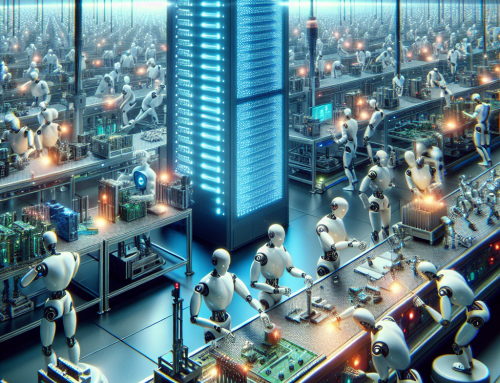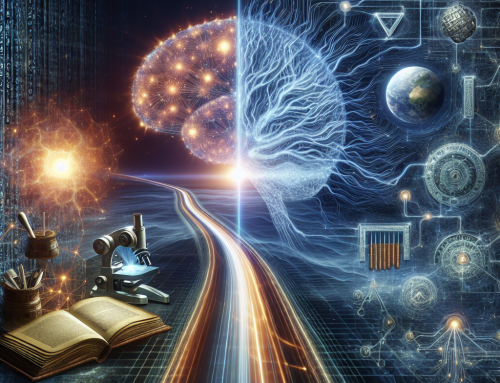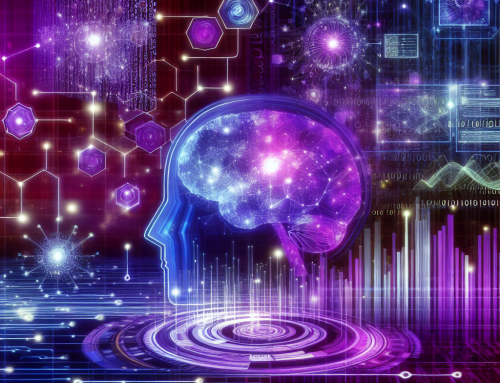
Reinforcement Learning (RL) is a powerful machine learning paradigm that has gained significant traction in recent years. When applied to multiagent environments, RL offers the potential to revolutionize fields such as gaming AI, real-world simulations, and autonomous decision-making.
Overview of Reinforcement Learning
Reinforcement Learning is a type of machine learning where agents learn to make decisions by interacting with their environment. Unlike supervised learning, which relies on labeled data, RL involves agents receiving feedback in the form of rewards or penalties based on their actions. This feedback loop allows agents to refine their strategies over time, aiming to maximize cumulative rewards. RL is grounded in the principles of trial and error, where exploration and exploitation are balanced to achieve optimal learning outcomes. Key components of RL include the agent, environment, policy, reward signal, and value function.
Multiagent Systems in AI
In multiagent systems, multiple agents interact within a shared environment, leading to complex dynamics that can be cooperative, competitive, or neutral. Multiagent Reinforcement Learning (MARL) extends traditional RL to these settings, where agents must learn not only from their interactions with the environment but also from their interactions with other agents. This adds layers of complexity and requires sophisticated algorithms to ensure effective learning. Challenges in MARL include non-stationarity, partial observability, and the need for coordination among agents. Researchers are developing novel approaches, such as decentralized learning and communication protocols, to address these challenges.
Applications in Gaming AI
Gaming has been a fertile ground for testing and advancing RL techniques. Multiagent RL is particularly relevant in games where multiple players or AI agents interact, such as strategy games or multiplayer online games. By training AI agents to adapt and respond to human players or other AI agents, developers can create more challenging and engaging gaming experiences. Notable examples include AI systems like AlphaStar in StarCraft II and OpenAI Five in Dota 2, which have demonstrated superhuman performance in complex, multiagent environments. These advancements not only enhance gaming experiences but also provide insights into general AI challenges.
Real-World Simulations
Beyond gaming, multiagent RL is instrumental in simulating real-world scenarios. These simulations can model complex systems like traffic networks, supply chains, or social interactions. By training multiple agents to optimize their behaviors within these simulations, researchers can gain insights into system dynamics and explore solutions to real-world problems. For instance, in traffic management, agents can learn to coordinate traffic lights to reduce congestion and improve flow. In logistics, agents can optimize supply chain operations to enhance efficiency and reduce costs. These simulations offer a safe and cost-effective way to test and refine strategies before real-world deployment.
Autonomous Decision-Making in Dynamic Environments
One of the most promising applications of multiagent RL is in autonomous decision-making. In dynamic environments, such as autonomous vehicles navigating traffic or drones coordinating in search and rescue missions, agents must make real-time decisions based on ever-changing conditions. Multiagent RL provides a framework for these agents to learn optimal strategies for collaboration and adaptation. This involves developing algorithms that can handle uncertainty, partial observability, and the need for rapid decision-making. As these technologies mature, they hold the potential to transform industries by enabling more efficient, safe, and autonomous operations.
Reinforcement Learning in multiagent environments represents a frontier in AI research and application. By enabling agents to learn and adapt in complex, interactive settings, MARL holds the promise of transforming industries and solving intricate problems. As research progresses, we can expect to see even more innovative applications and breakthroughs in this exciting field. The future of multiagent RL is bright, with the potential to impact areas as diverse as healthcare, finance, and environmental management, driving progress toward more intelligent and autonomous systems.
Connect with our expert to explore the capabilities of our latest addition, AI4Mind Chatbot. It’s transforming the social media landscape, creating fresh possibilities for businesses to engage in real-time, meaningful conversations with their audience






